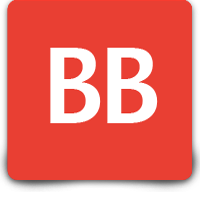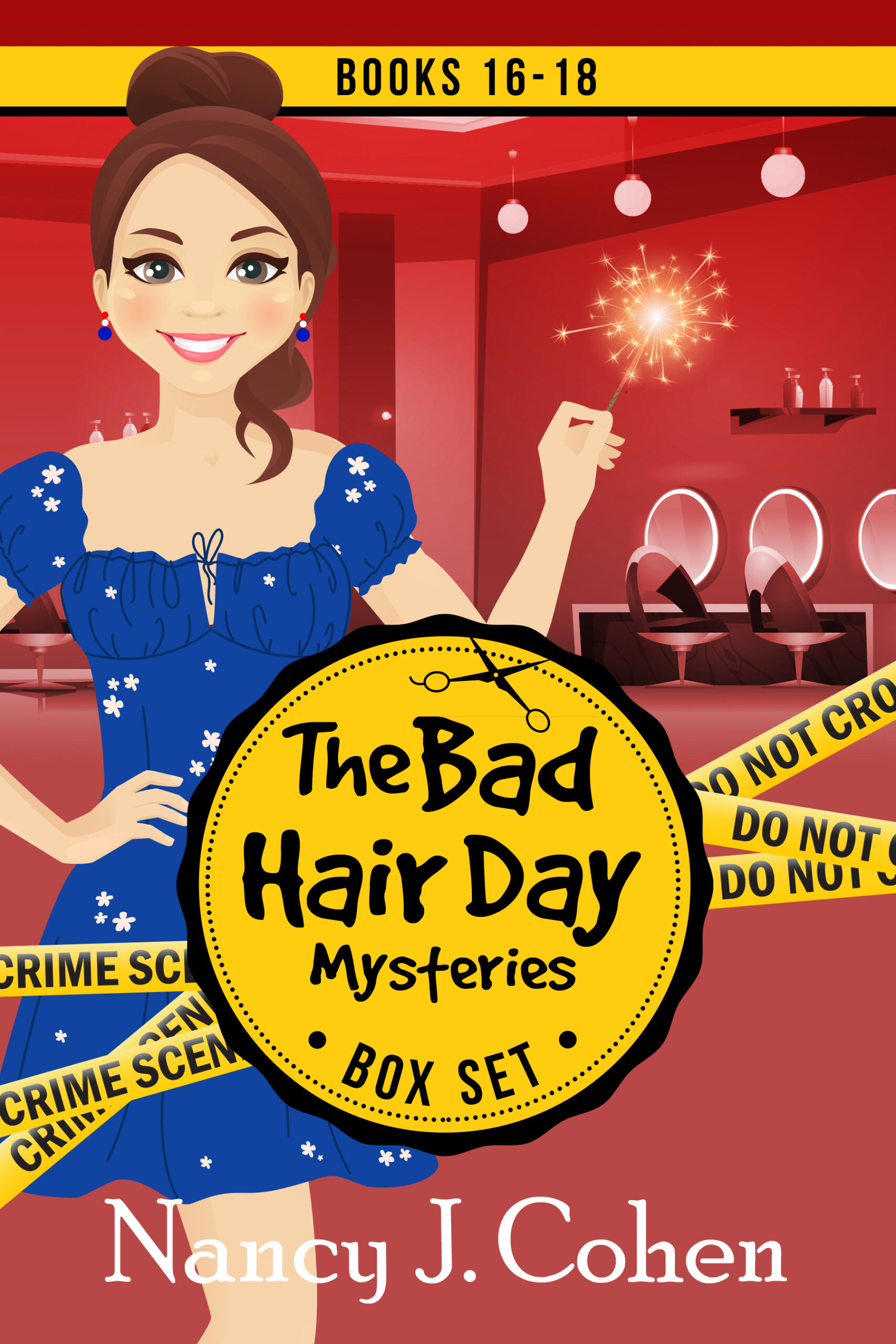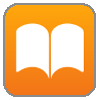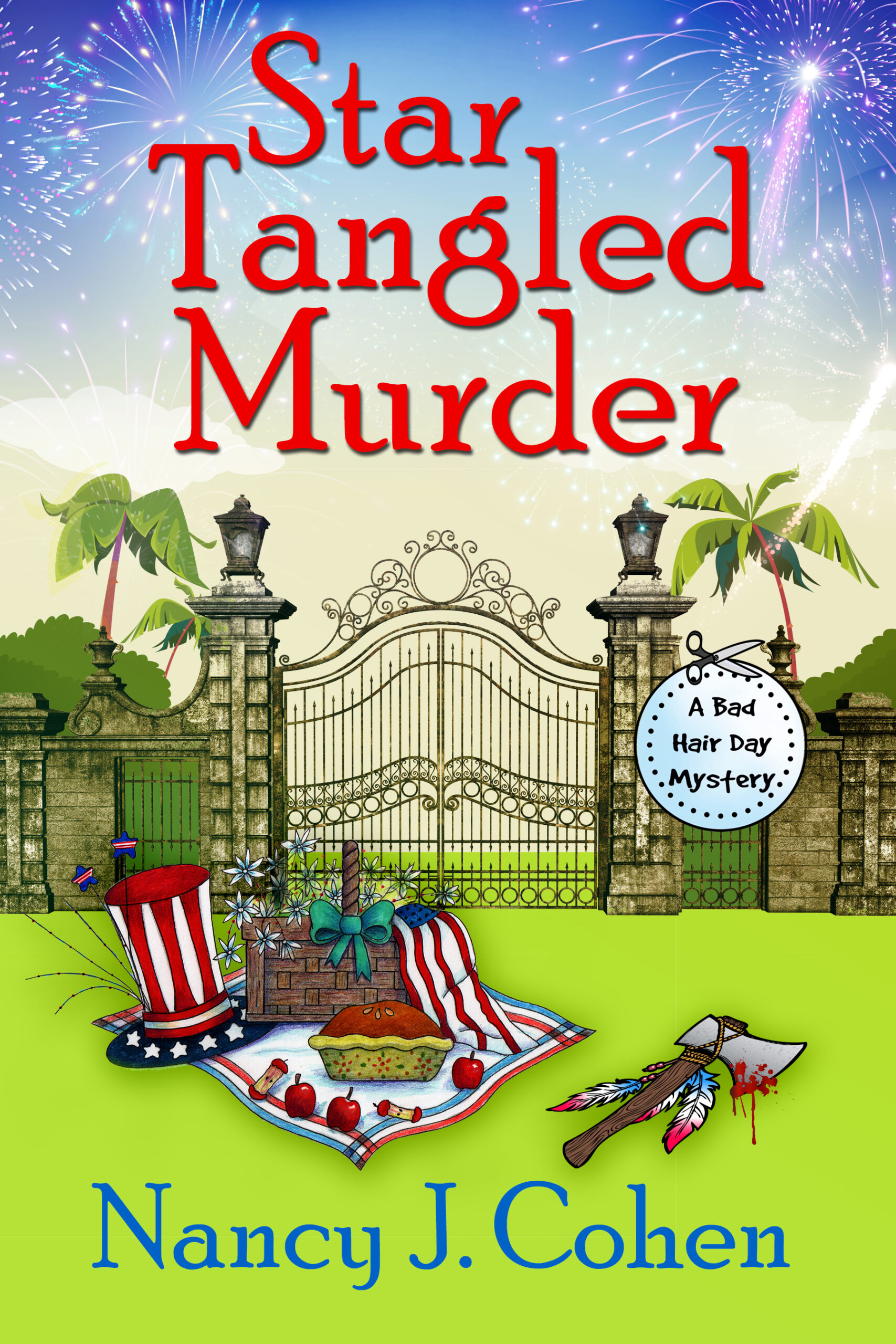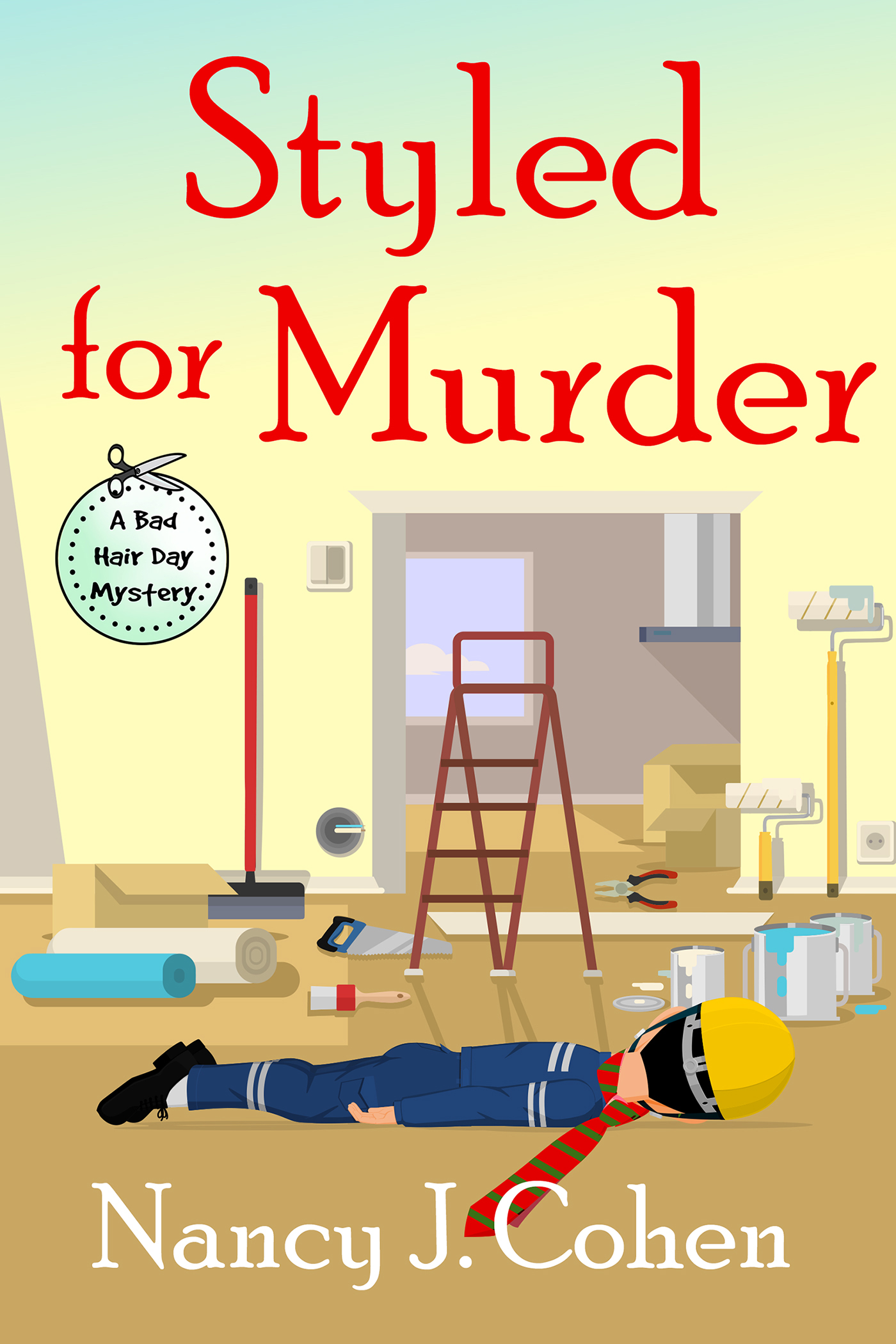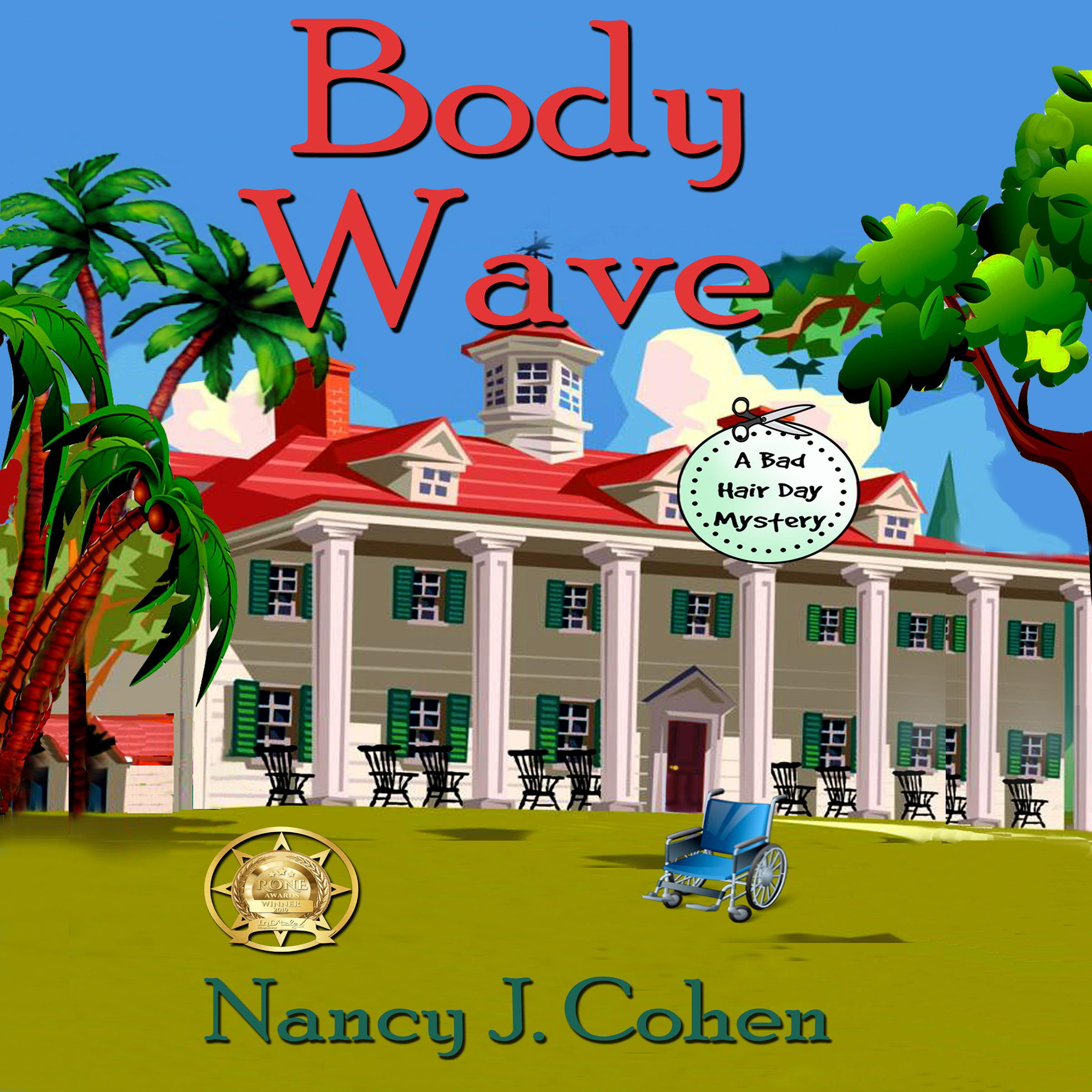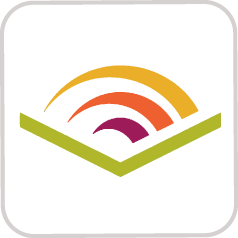Publix Cooking Class – Oregon
We attended a Publix Aprons Cooking School Class featuring the Willamette Valley in Oregon. I always enjoy these demonstrations with a sampling of different wines and recipes to take home.
We started out with a taste of Elouan Rose wine. It was light and on the dry side and a pleasant welcome drink.
STARTER COURSE
The first course was Coriander Encrusted Sea Scallops with Cauliflower Puree and Apricot-Shallot Jam. This was delicious. Normally I wouldn’t make scallops at home or order them in a restaurant because they can become rubbery if overcooked, but these were tender and done just right. They paired well with the jam. The accompanying wine was a Chateau St. Michelle Sauvignon Blanc that was a pale yellow color with a slightly fruity taste.
Cooking Tips from the Chef (any errors are due to my misinterpretation):
Iodized salt, like table salt, can turn bitter when you cook with it. He prefers Morton kosher salt, which does not contain iodine and is consistent in quality. A second choice would be sea salt, but characteristics can vary depending on place of origin.
The chef prefers grapeseed oil as you can cook at higher temperatures with it. He suggests you don’t use extra virgin olive oil for cooking as it burns at a lower temperature. Vegetable oil or regular olive oil is okay. Use the EVOO in salad dressings and such.
If oil isn’t hot enough, the food can absorb it. Test with a popcorn kernel. When it pops, the oil is the right temperature.
When preparing scallops, remove the abductor muscle.
SALAD COURSE
Baby Kale Salad with Pears, Burrata, Bacon, and Spiced Yogurt Vinaigrette was our salad. The dressing went well with it. The accompanying wine was A to Z Pinot Grigio. We liked this one.
Cooking Tips
Slice an onion from root to stem, not the other way.
Burrata cheese is a mozzarella cheese stuffed with a ricotta-like cheese. It comes in a ball, and you can find it in the specialty cheese section.
MAIN ENTREE
Pan Roasted Duck Breast with Orange-Cherry Gastrique and Shiitake Risotto was a tasty entrée and fairly easy to make. The accompanying wine was a Sidur 2017 Pinot Noir. This was okay but I like a Cabernet better.
Cooking Tips
You can buy the boneless duck breasts in the frozen food section. Defrost and slash the fat side to prevent it from curling when cooking.
Put honey for 20 seconds in the microwave to liquefy if it’s crystalized.
DESSERT
Peach Panna Cotta with Biscotti Crumble and Blueberry Compote wasn’t overly sweet and was paired with an A to Z Riesling.
GIVEAWAY
Enter Sept. 1 – 18 to win a free book from the Prize Vault at Booklover’s Bench.





